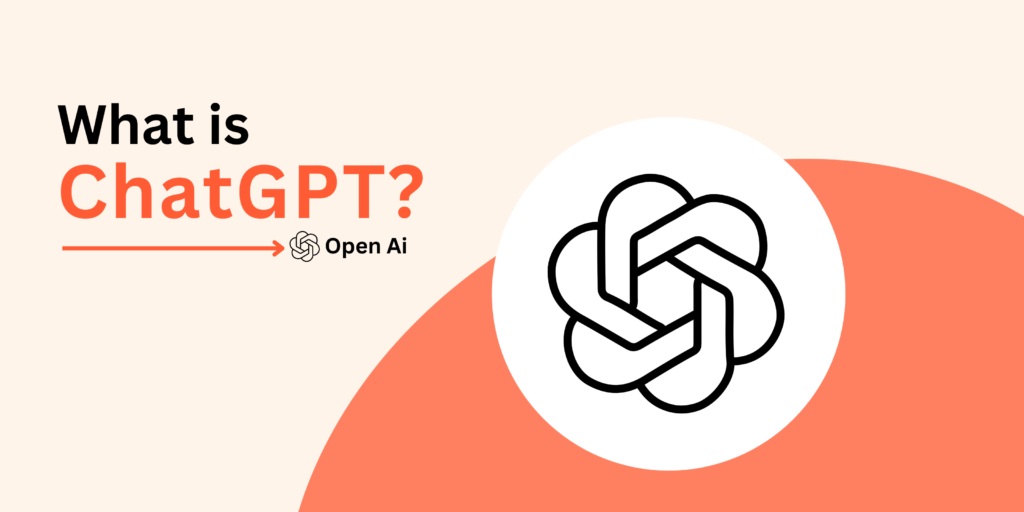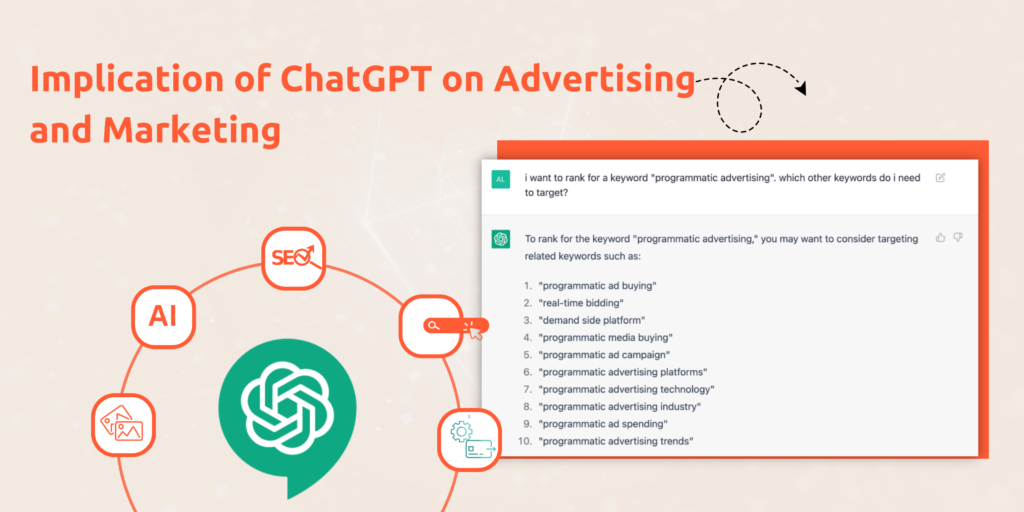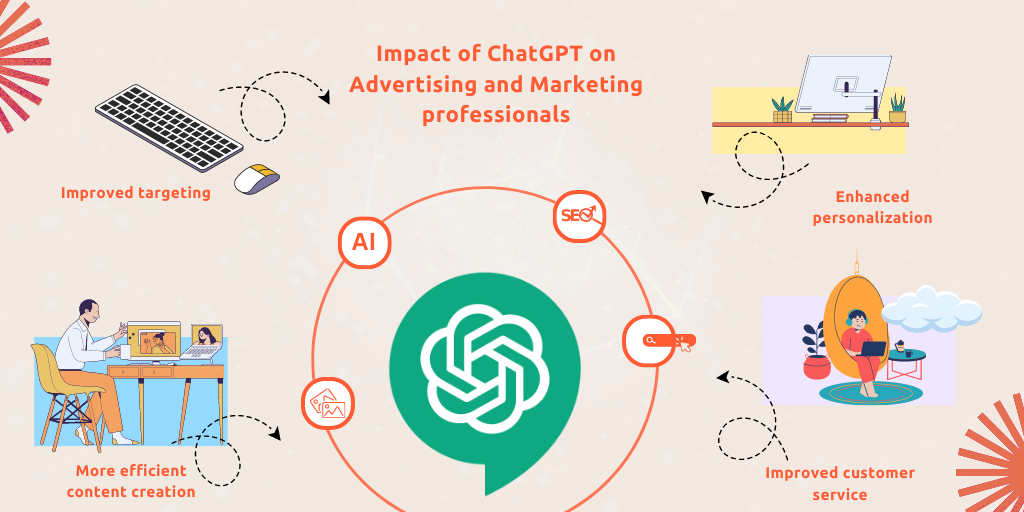The pros and cons of short-tail and long-tail keywords for SEO
Targeting keywords for organic traffic is an essential aspect of an SEO strategy that can help drive relevant traffic to your website. Understanding short-tail vs long-tail keywords is crucial for a successful SEO campaign. The pros and cons of short-tail vs long-tail keywords for SEO should be carefully considered before incorporating them into your strategy. When someone searches for keywords, the search engine can match them with relevant websites and provide the result on the result page (SERP), making it important to optimize your content for the right keywords. By targeting a mix of short-tail vs long-tail keywords, businesses can improve their chances of ranking higher on the SERP and driving relevant traffic to their website.
However, when it comes to choosing keywords, there are two broad type of categories to consider that are long-tail and short-tail keywords. Let’s talk about one by one:
Short-tail keywords are generic and they tend to have a high search volume, but these keywords are really competitive. But the long-tail keywords are more specific and mostly have an average or lower search volume.
According to that, each type of keyword has its own set of advantages and disadvantages, and choosing the right keywords for your website depends on your goals and target audience. When it comes to SEO and digital marketing, keywords are playing a crucial part of any strategy. But there are two types of keywords to consider that are long-tail and short-tail keywords. Both have their pros and cons, and understanding the differences between them can help you to create a more effective keyword strategy.
In this blog post, we’ll take a closer look at the pros and cons of short-tail vs long-tail keywords and how to use them effectively. We’ll also answer the common questions about keyword research and provide tips to optimizing your web content. Keep reading to learn more.
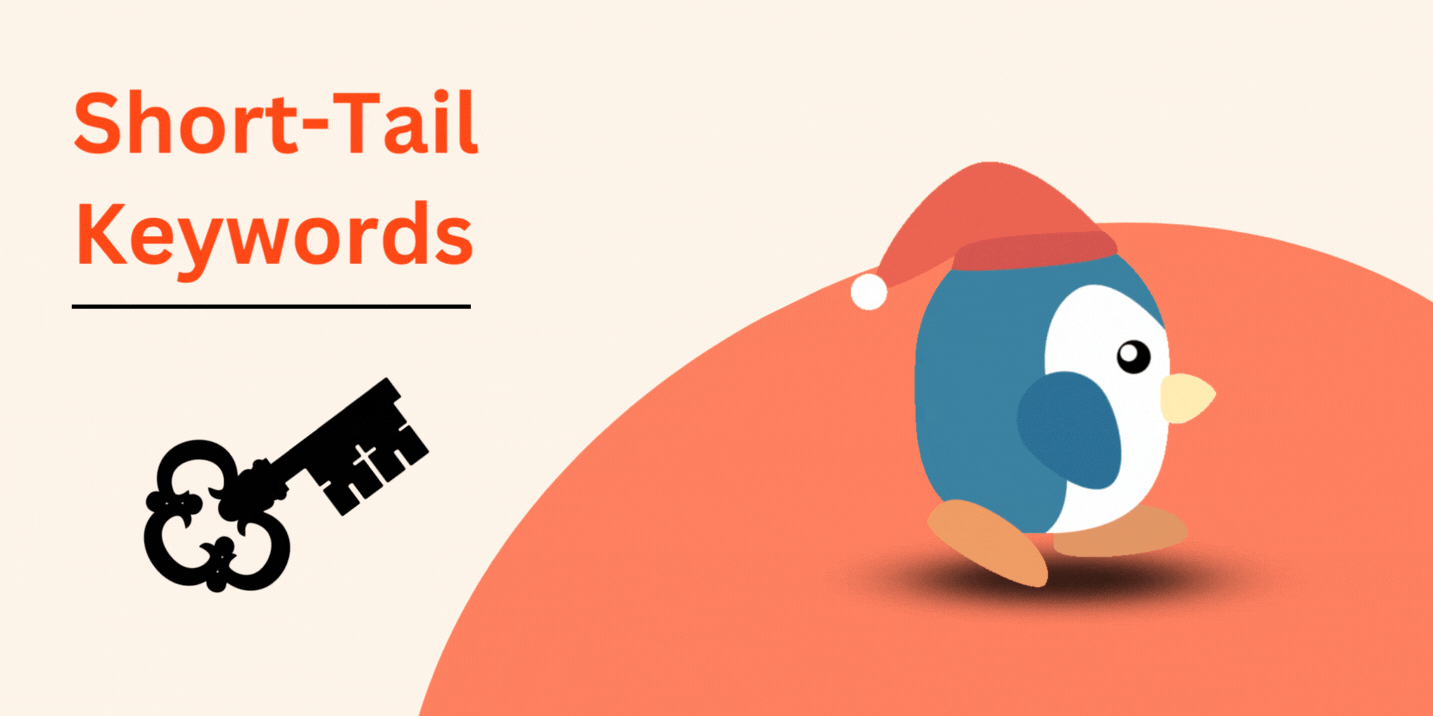
Before we get to know the Pros and Cons about short-tail and long-tail keywords, let’s see the meaning of short-tail keywords that are shorter, which means more generic phrases that typically include one or two words. For example, ” marketing” or “shoes” are short-tail keywords. It seems very broad and those keywords are highly competitive, when it comes to SEO, it’s too difficult to rank. Let’s see what are the pros and cons of short-tail keywords for SEO:
Pros of Short-Tail Keywords
There are benefits but let me share one of the main benefits of short-tail keywords is that they can generate a large amount of traffic to your site. Since these keywords are more general, they have a broader appeal and are more likely to attract a wide audience. If you can rank well for a popular short-tail keyword, you can potentially drive a lot of traffic to your site.

Cons of Short-Tail Keywords
The downside of short-tail keywords is that they are highly competitive and this makes it so difficult to rank higher. Because these keywords are so broad, there are often many other websites competing for the same search traffic. This means that you will need to put in a huge effort to compete with other sites, and even then, there is no guarantee that you will rank well. This is one of the disadvantages of using short-tail keywords.

Secondly, short-tail keywords can be less targeted. Since these keywords are so general, the people who search for them may not be looking for exactly what you have to offer. This means that you may get a large amount of traffic to your website, but not necessarily the relevant traffic. This means you can’t drive the target audience for your website. But you can generate more traffic. That never supports you to increase your ROI. this will impact on your future plans as well.
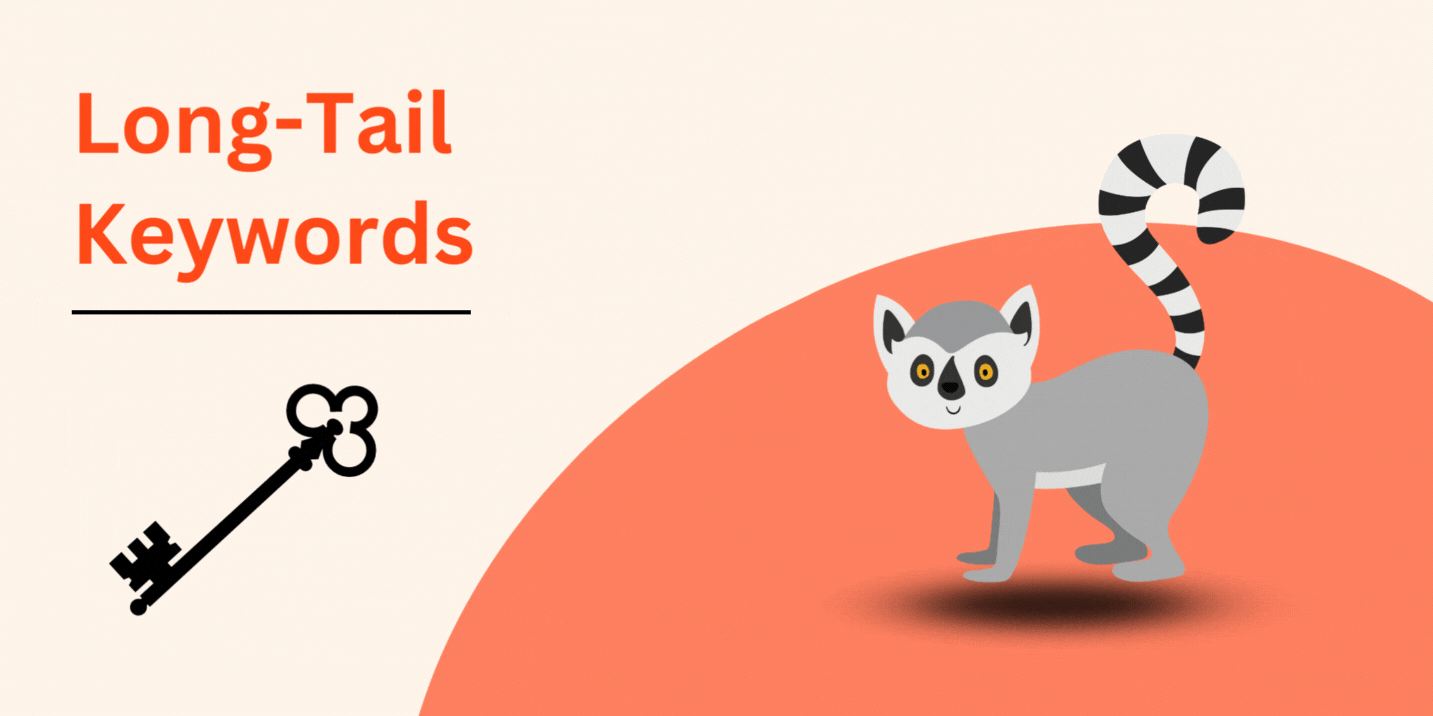
Long-tail keywords are longer, which means these are more specific phrases that typically include three or more words. For example, “digital marketing agency in Sri Lanka” or “women’s running shoes for flat feet” are long-tail keywords. They are more targeted and less competitive comparing short-tail keywords. This will give you a better result when you focus on the long-tail keywords in SEO. here you can see the list of long-tail keyword research tools and their features:
| Long-tail keyword Tool | Key Features |
|---|---|
| 01. Semrush |
✓ Find long-tail keywords ✓ Check keyword volume ✓ Check keyword difficulty ✓ Check keyword CPC ✓ Check competition score ➥ Get a 14-day free trial |
| 02. KWFinder |
✓ Find long-tail keywords ✓ Search by domain ✓ Search by Keyword ✓ Check competitor's rank ✓ Get search volumes ➥ Create an account on KWFinder |
| 03. LowFruits |
✓ Find long-tail keywords ✓ Analyze SERPs ✓ Import or get your keywords ✓ Extract competitor's keywords ➥ Create an account on LowFruits |
| 04. Answer the Public |
✓ Free long tail Keyword research tool ✓ Find common questions around a keyword |
| 05. Google Auto Suggestion |
✓ Easily find long-tail keywords ✓ Google auto-populates keywords ✓ Type keyword & get auto-suggestions |
| 06. Google Auto-suggest |
✓ Advanced version of Google auto-suggest ✓ Find long tail keywords directly from Google ✓ Free version limited to 2 searches per day |
| 07. WordTracker |
✓ Find profitable long-tail keywords ✓ Check competitors ✓ Check IAAT (keyword in anchor & text) ✓ Check KEI (keyword effectiveness index) ✓ 7-day free trial ➥ Get a 7-day free trial |
| 08. Long Tail Pro |
✓ Find profitable long-tail keywords ✓ Exact Search Volume & Competitiveness ✓ Track Your Progress ✓ Personal Domain analysis ✓ Unlimited tracked domains ✓ Rank Value feature ➥ Get a 10-day free trial |
Now let’s look at the pros and cons of using long-tail keywords in your SEO strategy:
Pros of Long-tail Keywords
Long-tail keywords seems that are more targeted and the meaning of the people who search for them are more likely to be interested in what you have to serve. This can lead to higher conversion rates and more sales. This is the highlight of the long-tail keywords.
Meantime they are less competitive keywords. Since these keywords are more specific, there are often fewer websites competing for the same search traffic. This means that it can be easier to rank for long-tail keywords and generate more relevant traffic to your website. Based on our experiences we would suggest long-tail keywords to see better rank improvements within a short span of time.

Cons of Long-Tail Keywords
Sometimes we missed to check it out the disadvantages, but this is also a crucial part when we focus on the seo. The long-tail keywords are going to generate less traffic comparing short-tail keywords. Since these keywords are more specific and you may need to target multiple long-tail keywords to generate the same amount of traffic as a single short-tail keyword. However, this will give you a better result within the short term.

The second one is that they can be more difficult to come up with. Especially these keywords are more specific and you will need to do more research and brainstorming to identify them.
Now you may have a question:
03) How to Use Long-Tail and Short-Tail Keywords Effectively?
The key to using long-tail and short-tail keywords effectively is to strike a balance between the two. Here are some tips for optimizing your content with keywords:
- Use short-tail keywords to attract a broad audience and generate a lot of traffic to your website.
- Use long-tail keywords to target specific niche based and generate more targeted traffic to your website.
- Use a combination of both short-tail and long-tail keywords to create a comprehensive keyword strategy that targets both broad and specific search terms.
- Conduct thorough advanced keyword research to identify and filter the most relevant and effective keywords for your business.
- Use keywords in your content in a natural way that provides value to your readers. This will give a chance to get more engagement and drive more traffic to your website.
- Avoid keyword stuffing, which can result in penalties from search engines.
- Monitor your keyword rankings and adjust your strategy as needed to improve your search engine visibility.
Wrap-Up!
In nutshell, both short-tail vs long-tail keywords have their pros and cons, and understanding how to use them effectively is very important to creating a successful SEO and digital marketing strategy. By striking a balance between these two types of keywords and using them in a natural and effective way, you can generate more targeted traffic to your site and improve your search engine visibility. That’s for sure. Therefore, take the time to do advanced keyword research for your business and optimize your content with relevant keywords, and finally monitor your keyword rankings to achieve your SEO goals. If your company needs help with keyword research, content strategy, or overall SEO help or complete digital marketing solutions, reach out to our team via: [email protected], we’re always happy to support to achieve your goals. Get in touch with Globally recognized Multinational Award-Winning performance marketing agency, delivering Full Stack digital marketing strategies.



